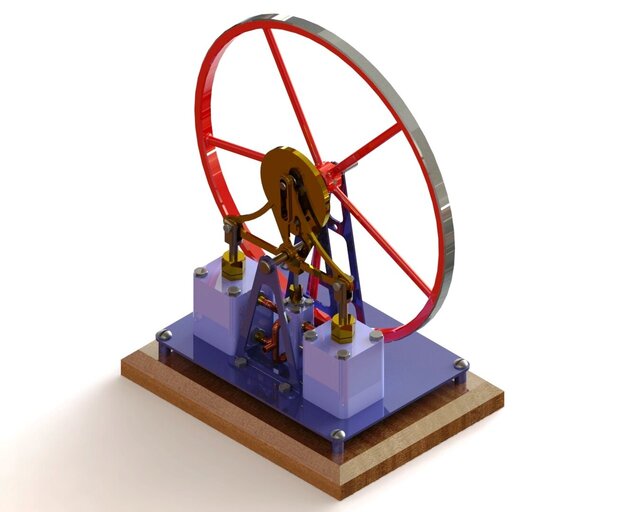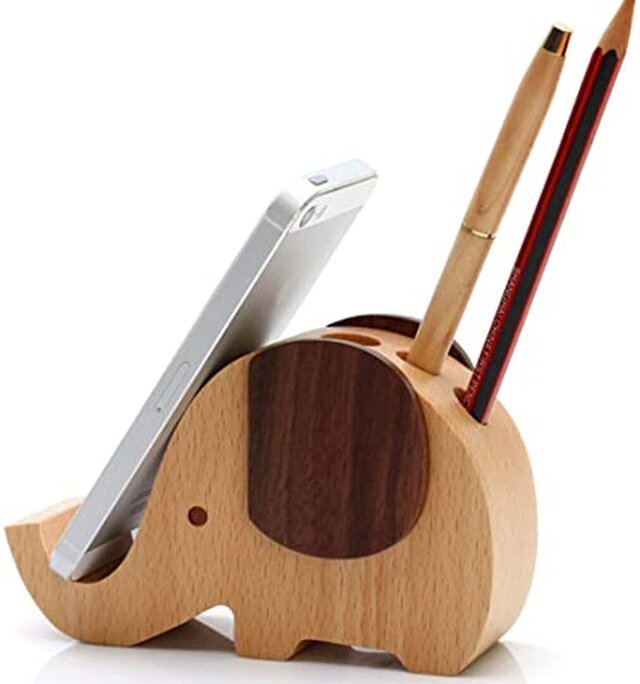There are as many different types of designers as there are industries to employ them. Some of these designers are very different, such as industrial design services that create schematics for manufacturing products and freelance interior designers who make indoor settings pretty. When people think about designers, they tend to believe that making things appealing is almost all they do, but that’s far from the truth.
A good design should be beautiful to look at and be easy to use, solve a problem the customer has, and work well for the business and the user. To achieve this, different design services are needed. Two jobs in the design field are UX design and product design. These jobs are very similar, and some people even like to argue that they are the same. Although these designers may look like they have the same job, these two jobs are different. Let’s take a closer look at these two types of designers and how their jobs are unique.
The role of a UX designer
A UX designer’s main job is to look at a product from the end user’s role. They want to make an intuitive, ergonomic, and pleasant product in every possible respect for the user to work with. Their role might include testing a product with groups of people, listening to their feedback, and taking extra steps to make sure the product will fulfill its function.

UX designers typically spend more time on products that have yet to be launched to make them as good as possible before making their debut. They may also add new features to existing products. If you’re looking forward to the latest camera or the next generation laptop, chances are a product designer had a hand in its development. Although UX designers work on various projects, they don’t usually stay with one project for a long time. Instead, they work with users and data until they are confident the product works for its intended purpose.
The role of the product designer
Product designers look at the problems that customers face and try to find solutions for them. This is similar to a UX designer, but unlike UX designers who work from the front-end and try to make the process as user friendly as possible, product designers usually work from the back-end to solve problems.
A product designer may look at a smartphone and notice that it can be optimized faster. They work from the back end to make the smartphone run faster and please customers indirectly by solving a problem. A concept design service typically improves existing devices rather than new products. They take an old design that isn’t working for some reason, has inherent problems, needs improvement, and adds their special touch.
At first glance
Many product designers end up taking on the role of a UX designer during the creation process, and the same for UX designers. This is often why some people say they are the same job. Both jobs have a lot of similarities and require these same skills:
* Communication
Regardless of whether you’re a UX designer or a product designer, you will need to work well in a team setting and communicate clearly with fellow team members and clients. Strong communication skills will help explain a product to a test group, but also to freelance engineering design services when the designer is explaining what needs to change to make a product more useful. The ability to communicate with many people can be beneficial no matter which job is being filled.
* Experience in design programs
Both types of CAD designers will need experience in programs, and most of these programs will be very similar. Regardless of whether an artist specializes in UX or product design, they will need expertise in Sketch, Adobe Creative Suite, InVision Axure, etc. Outside of this, they may need other programs more specific to the individual product or their preferences, but a design program will certainly be a part of their work.
* Experience with wireframes and prototypes
Although each type of 3D modeling design service will differ in their approach to a project, in the end, they are both still developing products to make improvements. This inevitably means being familiar with every aspect of the creation process, including making wireframes and developing prototypes. It’s not surprising that there is so much overlap between the two.
After all, both involve working with products to create something better, even if the approach is different. If you’re in school for design and trying to decide which direction you want to head, or aren’t sure what to call yourself when applying for jobs, it helps to figure out what separates the two. Let’s look at specific differences between the two different types of designers now.

Differences in requirements for UX designers vs. product designers
While there is considerable overlap between the two design fields, a few key differences are present. These differences ultimately make these different fields and are worth paying attention to. These differences include:
* Level of education
Product engineering services are expected to have an undergraduate degree in an appropriate discipline and at least three years of experience in the field. In contrast, a UX designer doesn’t necessarily need this education level as long as they have the experience needed.
* UX Designers will work more closely with engineers
Product designers typically approach work from the back end of a product, while a UX designer’s focus is often on the front end. This generally means that a UX designer will spend more time communicating with engineers than a product designer will. This is not to say that a 3D product modeler will never spend time with engineers on the job, but that when a company is asking specifically for a UX designer, communicating with engineers is nearly always listed as part of the job, whereas it may not be with a product designer.
* Product designers will spend more time on a specific project
If you get bored easily and are always eager to move on to a new project, UX design may be closer to what you’re looking for. UX designers go through a complete creation process with a product, but once the product is workable for users, they are on to the next project. However, a product designer will be on that project for a very long time, taking a rough draft and pushing it as far as it can be made to go. This means projects can be very long term.
* The work environment may be different
Consumer product designers typically work for software companies, whereas a UX designer is more likely to work for an agency or other independent firm. Who they typically work with is also different. A product designer will typically work with a product manager, while a UX designer is more likely to work with a project manager.
Other differences between UX vs. product designers
Roles aren’t the only difference between the two, and there are also a few differences in terms of salary. If you want to go into design and choose the most profitable option, there is a modest salary difference between UX designers and product designers.
RELATED: How a Product Design Service Can Handle Tough New Product Development Deadlines
If you’re hoping for a bigger salary, product designers are the better choice. According to Glassdoor, the average base pay for a UX designer is $90,697, while the same website reports product designers earn $106,766. This is likely due to the higher education needs of product designers. While both earn good pay, this is undoubtedly a noticeable gap. If you love design and aren’t particular about which type of design you go into, the pay is certainly better as a product designer.
Summary
Product designers and UX designers are very similar. Both work on creating new products and updating old ones. Both are striving to improve the products they work on. Both are creative. While there is a great deal of overlap between these two different types of designers, there are also differences. Knowing the difference can help decide what type of designer you want to seek for your business, or on the flip side, what you want to become if you are still a student.
It’s helpful to look at the different roles these designers have, so as much clarity as possible can be given. And if you’d like to hire a product designer or UX designer, you’re in the right place. Cad Crowd has a network of pre-vetted freelancers who you can sign on to work on your next project. Find out how it works.
